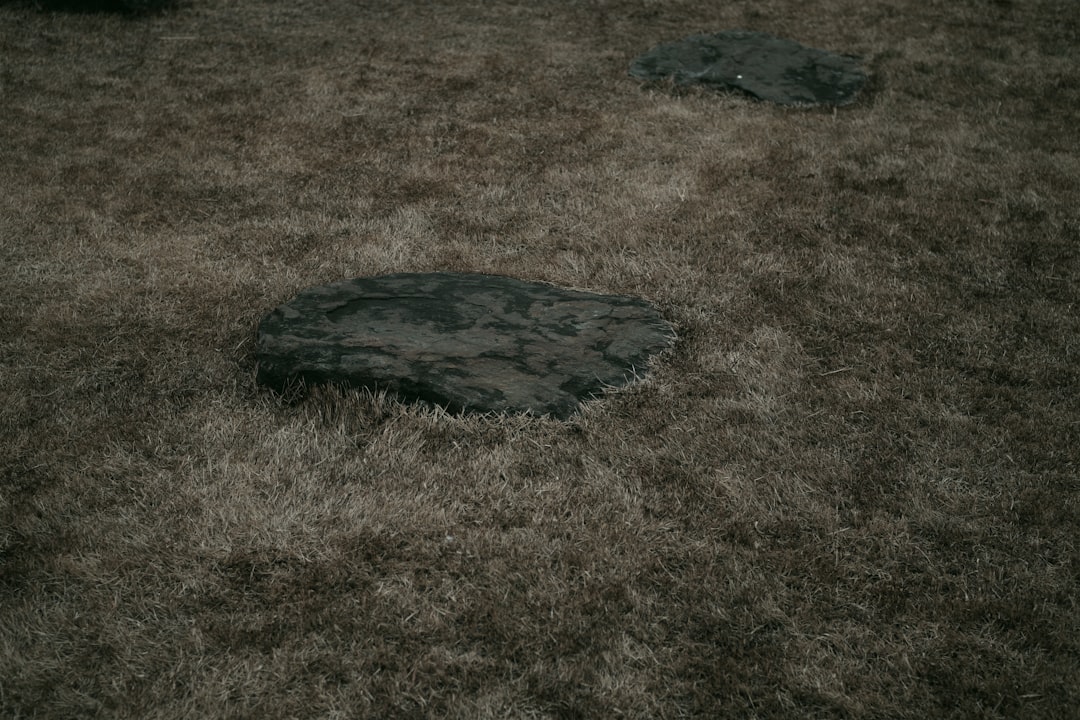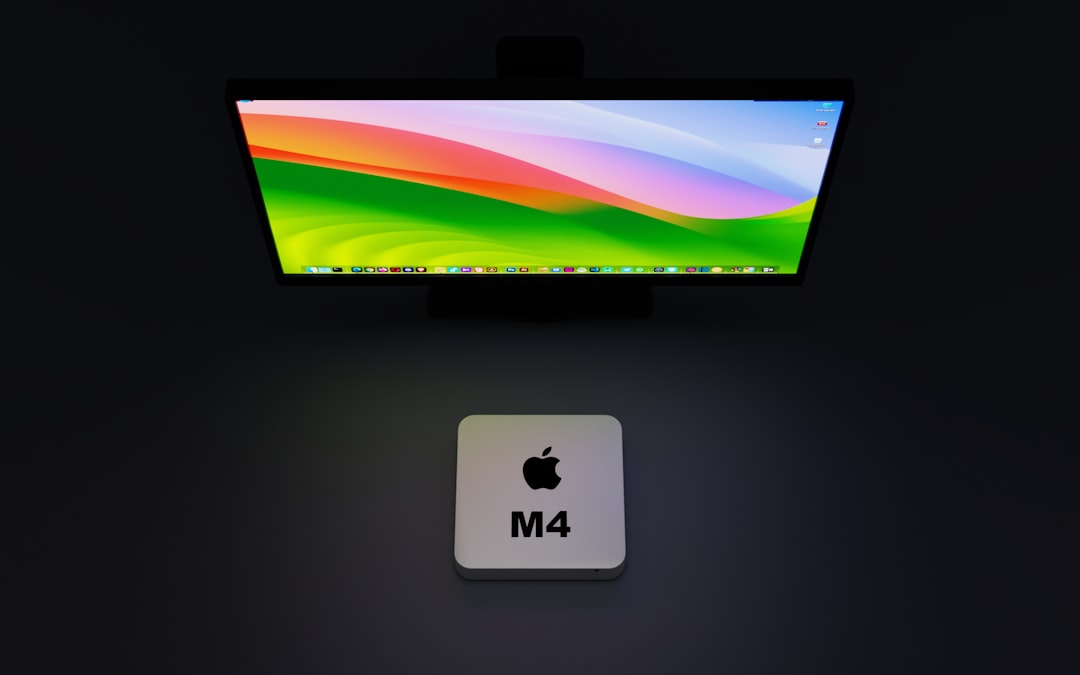Ever seen that annoying pop-up on your Mac saying something like “To use the Java command-line tool, you need to install a JDK”? Yep, we’ve all been there. You weren’t doing anything Java-related, so what gives? Don’t panic—you’re not alone, and we’ve got an easy fix for you!
Let’s dive into this with a light heart and a little tech magic. 🪄
Contents
🚨 What’s Happening?
Sometimes apps sneakily rely on Java to do their thing. macOS may try to run Java in the background, but there’s no Java installed or the wrong version is present.
That’s when the dreaded pop-up blasts onto your screen.

The message looks scary, but breathe—it’s fixable.
🛠️ Why You’re Seeing the Pop-Up
This usually happens because:
- A previously installed app requires Java (like Adobe Illustrator or Minecraft).
- You deleted Java but something still wants it.
- You updated macOS and the path to Java got scrambled.
If you don’t even need Java anymore, there’s a way to stop the madness once and for all.
Step 1: Check If You Even Need Java
Before diving into installations and settings, ask yourself: Do I use any apps that need Java?
If not, let’s remove anything trying to call it!
🔍 Check Login Items
- Click the Apple menu.
- Go to System Settings > General > Login Items.
- Look for apps or services referencing Java. If they’re fishy, remove them.
🧼 Search for Java-Dependent Files
- Open Finder and press Cmd + F.
- Search for “JavaAppletPlugin” or “JDK”.
- If found and unused, consider removing them.
Warning: Don’t delete anything you’re unsure about. When in doubt, Google the filename first.
Step 2: Install the Right JDK
If you actually need Java (like for development or playing a modded Minecraft), go for the real deal: install the latest JDK.
- Visit the official site: Oracle JDK Downloads
- Download the one for macOS.
- Install it—don’t worry, it’s a normal install process.
After installing, restart your Mac.

✅ Verify Installation
- Open Terminal (you can find it in Launchpad).
- Type:
java -versionand press Enter. - If you see the version number, congrats—it worked!
Step 3: Set Environment Variables (Optional for Devs)
If you’re a developer, you may want to set JAVA_HOME.
- Open Terminal.
- Type:
/usr/libexec/java_homeand press Enter. - It will return a path. Copy it.
- Type:
nano ~/.zprofileto open your profile file. - Add this line:
export JAVA_HOME="/your/copied/path" - Save and exit using Control + O, then Enter, then Control + X.
- Restart Terminal.
This tells your system where Java is hiding. 🕵️♂️
Step 4: Still Seeing the Pop-Up?
Two more tricks to banish it:
🧙 Terminal Magic
Open Terminal and type:
launchctl remove com.oracle.java.Helper-Tool
This kills an old helper tool that might be causing issues.
📦 Uninstall Java
If you don’t need Java at all:
sudo rm -fr /Library/Internet\ Plug-Ins/JavaAppletPlugin.plugin
You’ll need your Mac admin password. Use with caution!
🎉 You Did It!
No more mysterious Java pop-ups. Whether you installed the JDK or finally purged that ghost app, your Mac can breathe easier.
Next time tech gets weird, remember—you’ve got this. 💪

Pro Tip: Bookmark this page or share it with a friend. Java ghosts love to haunt in groups! 👻

